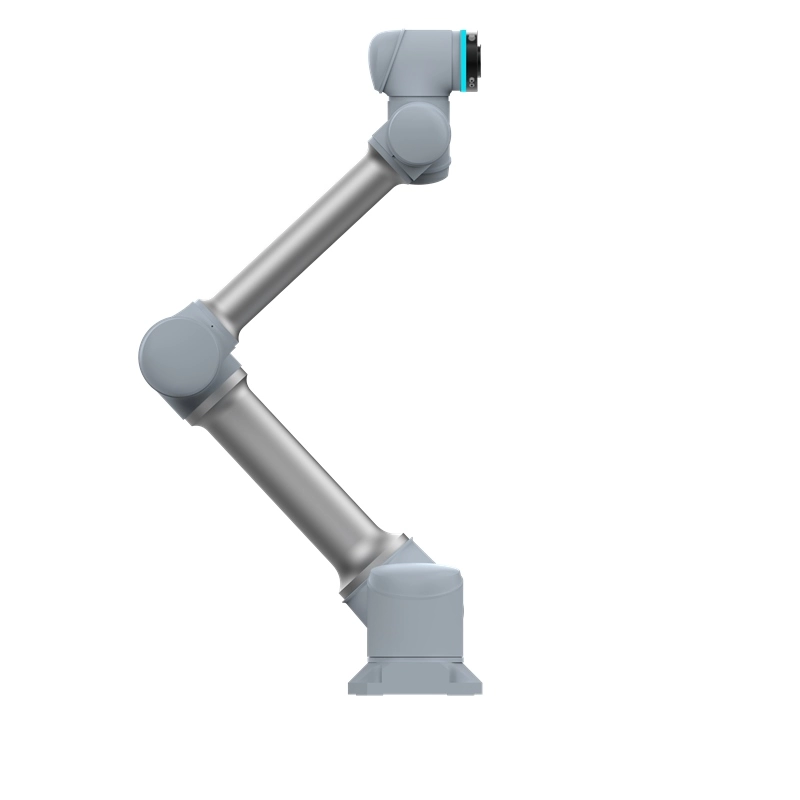Applications of Collaborative Robots in the Healthcare Sector: Current Status and Future Prospects
Has anyone ever told you how robots support doctors and nurses? Robots are the next big thing in hospitals, as well. The new robots are called cobots, or collaborative robots! By aiding human workers, they are changing the face of healthcare.

Cobots are not regular robots. Individual robots often function alone and are made to perform certain tasks. Well, cobots are designed to work together with the human being. They work more like they are little robots that know simple tasks to do and can perform things such as taking the vitals from patients -e.g. measuring temperature, heart rate- delivering drugs or even assisting in surgeries. This high level of flexibility, industrial robot 3 aims at co-designing softness for added multi-skill tasks. This makes them have quite a few uses in different situations.
Robots in Healthcare
Robots have been at home in healthcare for decades. Whether enjoying surgeries, supporting physical therapy or doing that lucratively trifling act of cleaning hospital rooms. But traditional robots are limited to certain tasks and unable to communicate or collaborate with humans. So, such falling lines of code do not have the ability to evolve for new scenarios and as a result their hands are tight.
Cobots, however, learn from humans and can work alongside them. They are not jobs being taken away from people, they help other people do their job better so that the patients get a good care. The collaboration of humans and robots in health care settings that allows for a more efficient use of resources to the patients.
How Robots Help Workers
Cobots have led to improvements in the healthcare sector. These robots can be deployed for boring, repetitive tasks such as sorting and delivery of medicine freeing more time to care patients by nurses and doctors. Put simply, healthcare workers can do what they actually want to -- care for sick and/or vulnerable people.
These small robots are designed to work in confined spaces. This is perfect for a busy hospital where there are space constraints. These are environmental perception sensors that help to ensure they can interact with people safely. When they sense people are around, cobots education robots stop whatever they are doing, which helps prevent disaster and ensures that everyone (and everything) is kept safe while the robots are on duty.
Current Uses and Future Ideas
There are several applications of cobots in healthcare. In some hospitals, they are used for basic tasks such as carrying food to patients, cleaning rooms and transporting the sick. It provides healthcare staff more time with the patient and less on pastimes.
Some other hospitals employ robots for surgeries. These bots have arms with a better grip for tools than human hands. They are able to obey commands when providing assistance during surgery which minimizes mistakes. These robots would help empower doctors to perform more precise and scrupulous procedures.
Cobots will only get better over time in the future. This could be robots that can do more complex surgeries, for example brain surgery. These different robots will allow doctors to do their jobs with greater precision, making it possible for patients to be safer and more assured of a full recovery.
A Bright Future
Cobots are an excellent innovation in health usingcare. Machines can perform many tasks that would typically require human labor, freeing up healthcare workers to concentrate more on patient care. This kind of teamwork translates into a better community for patients and doctors alike.
Our robots are designed to work alongside people safely, protecting both workers and pedestrians. With the cobots advancement in technology, there will be a time when we never thought possible tasks can now take place using these cobots. In the future, they might even do patient monitoring or medical recordkeeping.
We at DUCO Robots are happy to contribute to this new field. We didn't want to create robots that just killed people. We aimed for more benefit of healthcare and better life for patients and working staffs. Then get ready for collaborative robots to completely revolutionize our thinking in healthcare! Thanks to them, we dare say that a more efficient and patient centric healthcare future awaits us.
Comments
Post a Comment